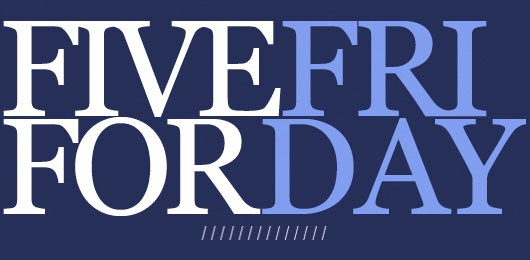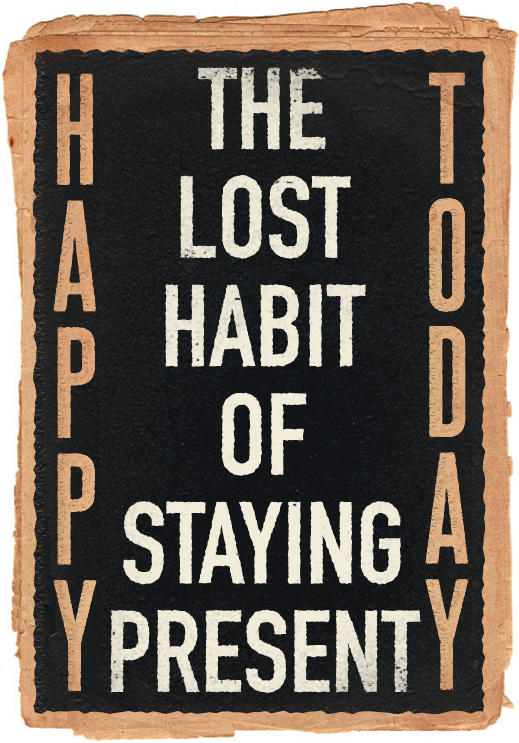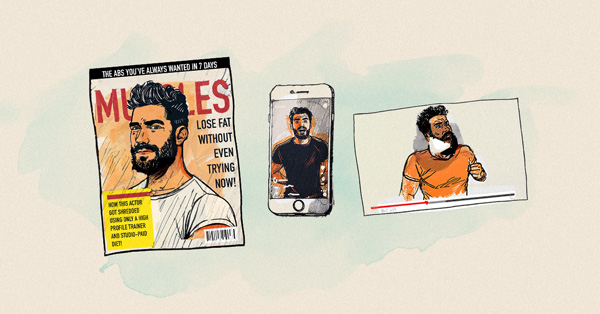This week…
Five Terrifying Dinosaurs That Deserve More Attention
When it comes to dinosaurs, the scientific community apparently felt only about five varieties deserved serious, repeated publicity in the minds of people around the world. Running the point, of course, was Tyrannosaurus, followed by Triceratops, Stegosaurus, Brontosaurus (actually Apatosaurus), and Pterodactyl (technically not a dinosaur but whatever).
From there, it’s a bunch of “I think I know which kind that is” installments with Brachiosaurus, Ankylosaurus, Pachycephalosaurus, Iguanodon, and a few others. Steven Spielberg thankfully introduced the non-nerd world to Velociraptors (though, technically, the “raptors” depicted in the Jurassic Park films are closer to the genus Deinonychus but, again, whatever) and, peripherally, Dilophosaurus and Spinosaurus but still, even he tended to stick with the familiar.
My main point is this: even if you knew all of the above species… that’s only twelve! The animals ruled this planet for over 160 million years, our society has identified more than 500 different species and most people only know MAYBE a dozen of them, by name? That’s just rude. Especially when there were so many cool and scary dinosaurs, out there.
Below, I have listed the five dinosaurs I (and you) would least like to cross in a dark alley (discounting T-Rex, who is the presumptive worst-case scenario for everyone and everything that ever lived). Hopefully, in the future, some of these names become as recognizable as the Big Five listed above – make some phone calls, if you need to.
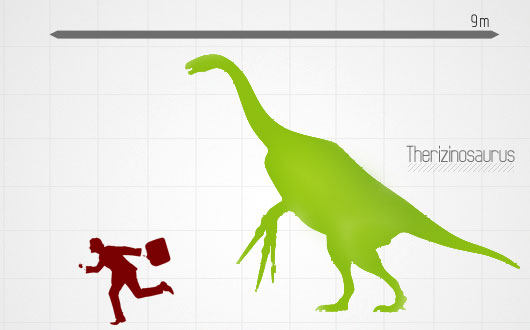
Original drawing by Scott Hartman
Generally, the amount of fright associated with a dinosaur has to do with its carnivorous diet, its teeth, and its body shape/mass. Giant heads, long muscular bodies, and teeth as big as sais are pretty standard amongst these prehistoric specters of fear.
However, Therizinosaurus is the complete opposite of what you expect from a terrifying dinosaur: walking upright with a small head, small mouth, long neck, and stout tail, you may mistake this large creature for some sort of nondescript cow-like Sauropod that did nothing but chew grass and stare at bodies of water. That is, of course, until you see its forelimbs. I don’t know if “Therizin” translates to “Edward” or “Scissorhands” in Latin but it certainly should.
Very little is known about this dinosaur but we do know that this 15-foot herbivore carried a giant claw at the end of its six fingers. And when I say “giant,” I mean over three feet long, each. No, seriously. Read that again.
Whether these claws were put to use in any interesting fashion isn’t clear. Were they used to chop down parts of trees for sustenance? Were they for digging nests of some sort? Were they nothing more than tools with which Therizinosaurus utterly destroyed any carnivore stupid enough to get within arm’s reach?
Let’s all make up our own fun explanations and then pray we never personally learn the ugly truth in the red light district of Dinotopia.
Don’t be fooled by the Majungasaurus being written off merely as Tyrannosaurus’s little brother – this 6 foot tall, 25 foot long beast is rather unique.
The Majungasaurus sported a short snout full of more teeth than other comparable large carnivorous Theropods and those teeth themselves stood in contrast to most of its contemporaries, as only the front edge was curved (other carnivores’ teeth were curved on both sides) while the rear was perfectly straight – think of Majungasaurus's mouth like a foot locker full of steak knives. This unique mouth array, as well as a very particular orientation to the vertebrae, suggests that Majungasaurus was a predator that sank its teeth in and, like a modern crocodile or alligator, shook its head and did not let go until the creature in its mouth was dead. In case you were wondering, that means there’s precisely zero chance you could escape while you were being eaten.
Additionally, this predator also came equipped with a seemingly meaningless but cool-looking spike-like horn on its head and, oh yeah, a penchant to eat its own kind. That’s right: Majungasaurus ate other Majungasauruses and if you’re not horrified by the thought of a crazy dinosaur lacking even the most basic sense of Genus biological ethics… you might be crazy, too.
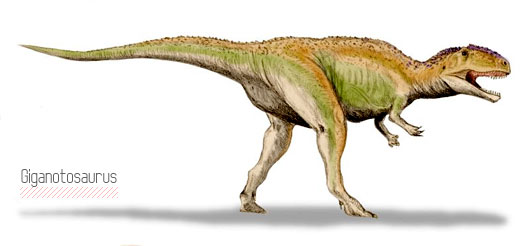
Illustration by Arthur Weasley
The late Cretaceous Period was basically the Golden Age of giant carnivorous theropods; whether it was Tyrannosaurus, Albertosaurus, Allosaurus, Carcharodontosaurus, Carnotaurus, Majungasaurus, Mapusaurus, or the star of #3, Giganotosaurus, there was no shortage of huge eating machines, around the world.
However, Giganotosaurus gets his own wing at the Hall of Fame mainly for the size of his balls — not literally, of course (though I’m sure they were impressive), but in the figurative sense. What led me to this conclusion about his mentality? Remains of Giganotosaurus have been found very close to the remains of Titanosaurs, leading to speculation that Giganotosaurus willingly attacked and feasted on some of the biggest animals to ever walk this planet. Granted, Giganotosaurus was pretty dumb (its brain was roughly half the size of a Tyrannosaur’s) so perhaps it wasn’t legitimate courage that led to these thundering prehistoric battles but it doesn’t matter – anyone or anything that willingly decides to throw down with a herd of scaly skyscrapers and traditionally survived that battle is not a foe I would like to encounter.
2. Troodon
Clocking in at 6 feet long, 3 feet tall, and under 100 lbs., the Troodon is the smallest representative on the list yet is as frightening as it is obscure.
Let’s run down the list of impressive Troodon features:
- It had one of the largest known brains of any dinosaur (as it relates to body mass), meaning it was smart.
- It had large, binocular eyes, meaning it had human-like vision that only improved at night.
- It had long arms with fairly large, grasping hands meaning it could reach out and pick things up.
- It had teeth similar to an iguana – thousands of tiny triangular serrated chompers, meaning it could have subsisted on vegetation in the event that prey was unavailable (many paleontologists maintain that Troodon was a probably an omnivore).
Combine all of the above and you’ve got a dinosaur that is basically a few evolutionary tweaks away from being a big, hairless, predatory raccoon or *gasp!* primate. On top of that, the Troodon (despite being in its own family within the suborder Theropoda) had dromaesaur-like claws – including the trademark sickle on its middle toe – and is believed to have frequently hunted in packs.
Basically, imagine a bunch of 8th grade sprinters with switchblades who cannot be reasoned with. Yikes.
1. Utahraptor

- Photo credit: Ballista
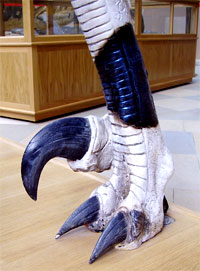
You could say I cheated a bit with this entry as, since 1993, everyone grew so comfortable with the notion of a dinosaur named “raptor” that the world didn’t bat one eye when a professional sports team used it as their mascot a few years later.
Regardless, the stately Utahraptor is an undeniable nightmare. 7 feet tall, 20 feet long, and weighing in at around a metric ton… Utahraptor was basically like the unstoppable middle ground between Deinonychus and Tyrannosaurus. Did you think the Velociraptor’s big toe claw was scary? Yeah, well, that was a Swiss army knife compared to the Utahraptor’s Excalibur.
If the aforementioned Majungasaurus was the big, slow, dumb guy who showed up at football tryouts and decided to play defensive end because he couldn’t figure out anything but “tackle the person with the ball,” then Utahraptor was the 6’5”, 230 lb. freak who made All-Conference playing linebacker, safety, tight end, and running back. Oh, and he also slaughters humans regularly.
That's what earns you the #1 spot, people.



